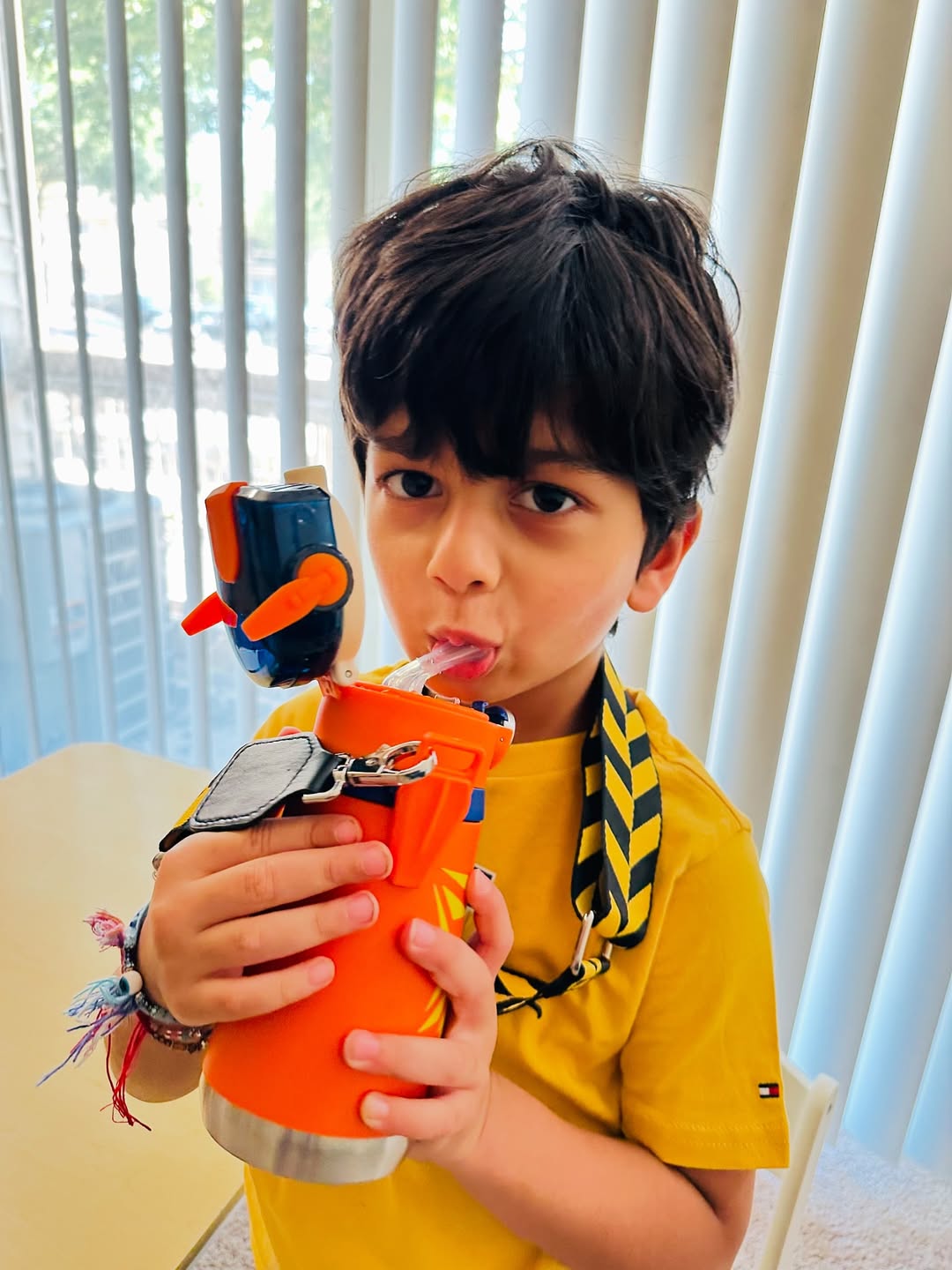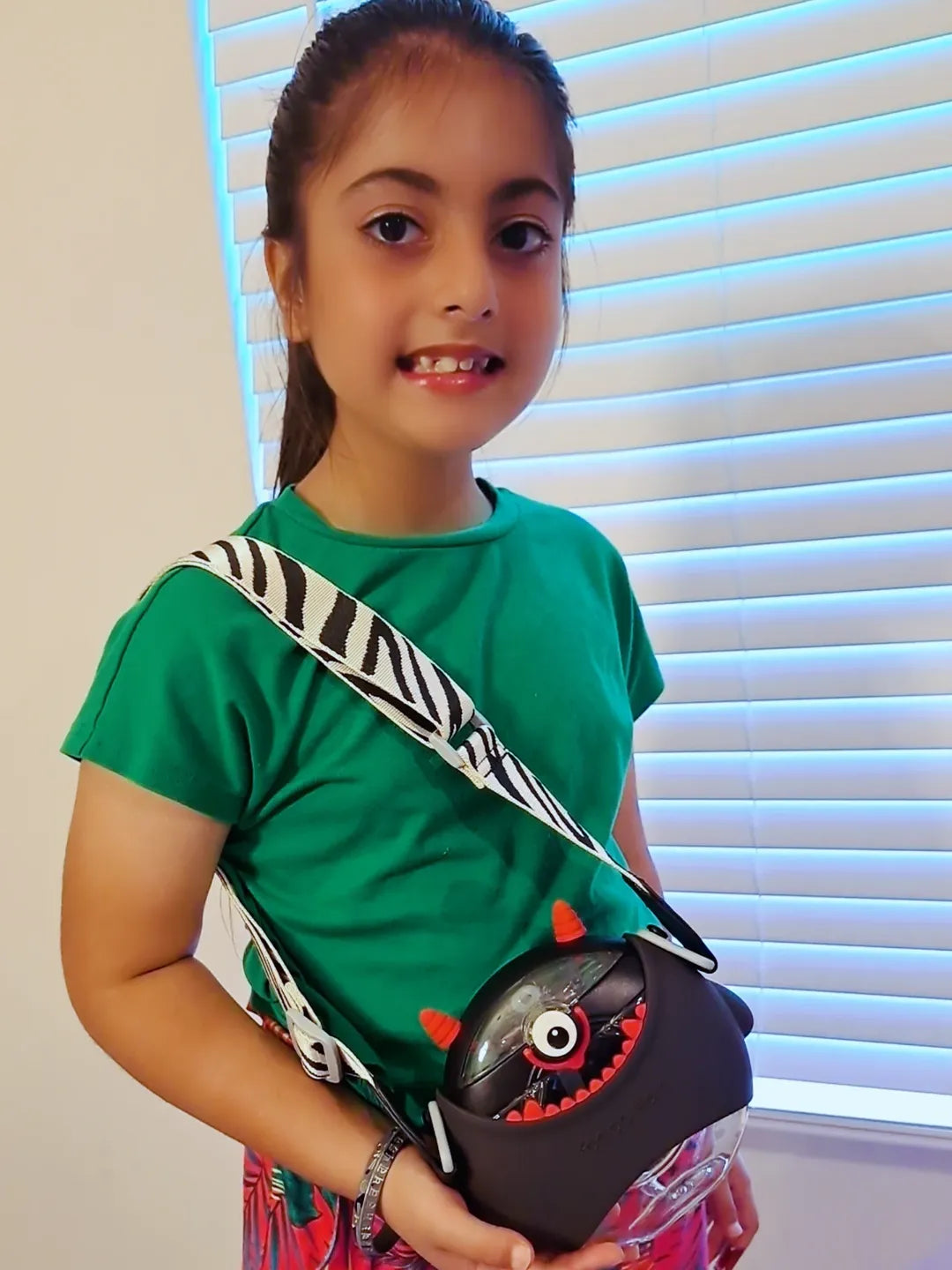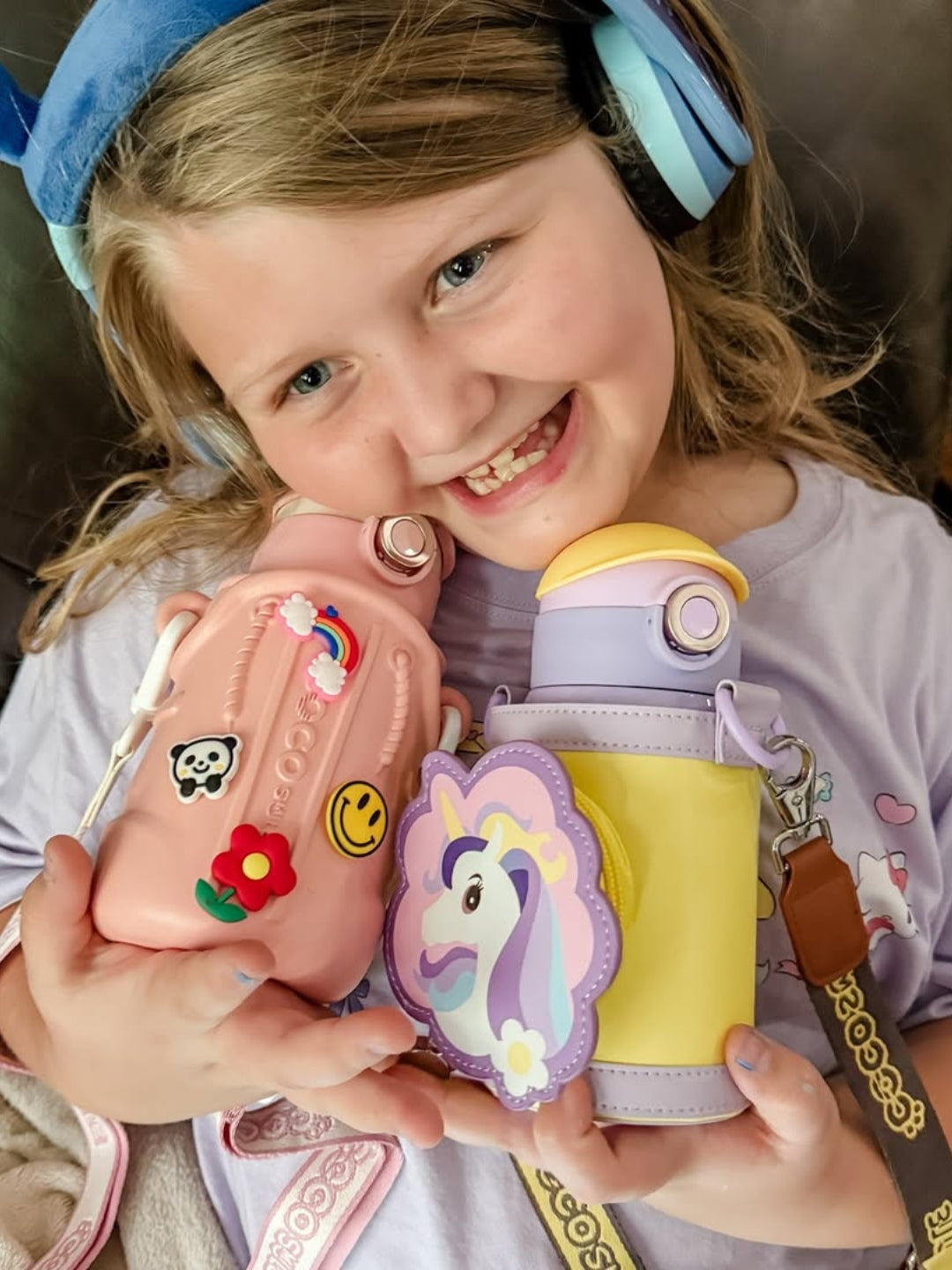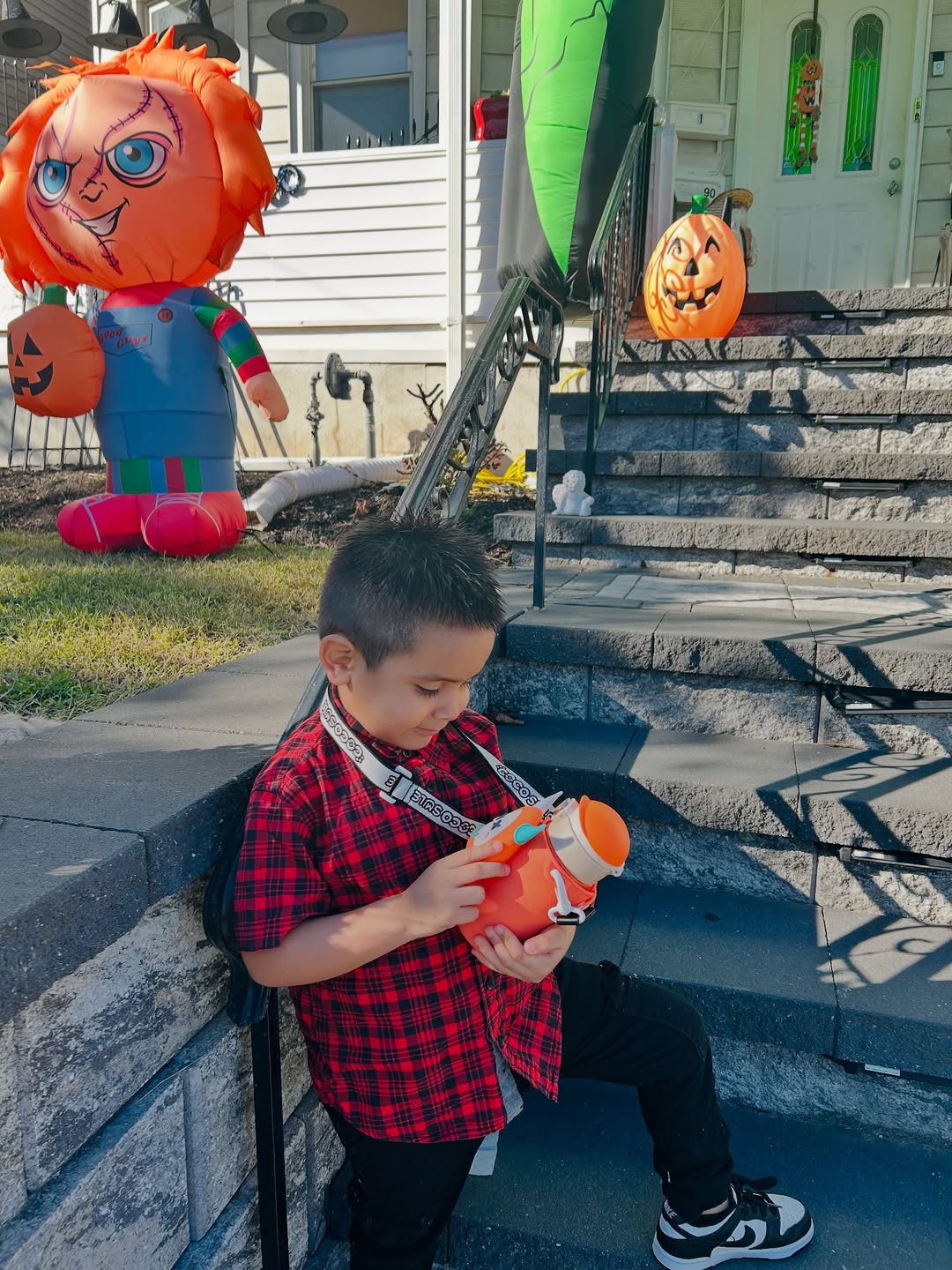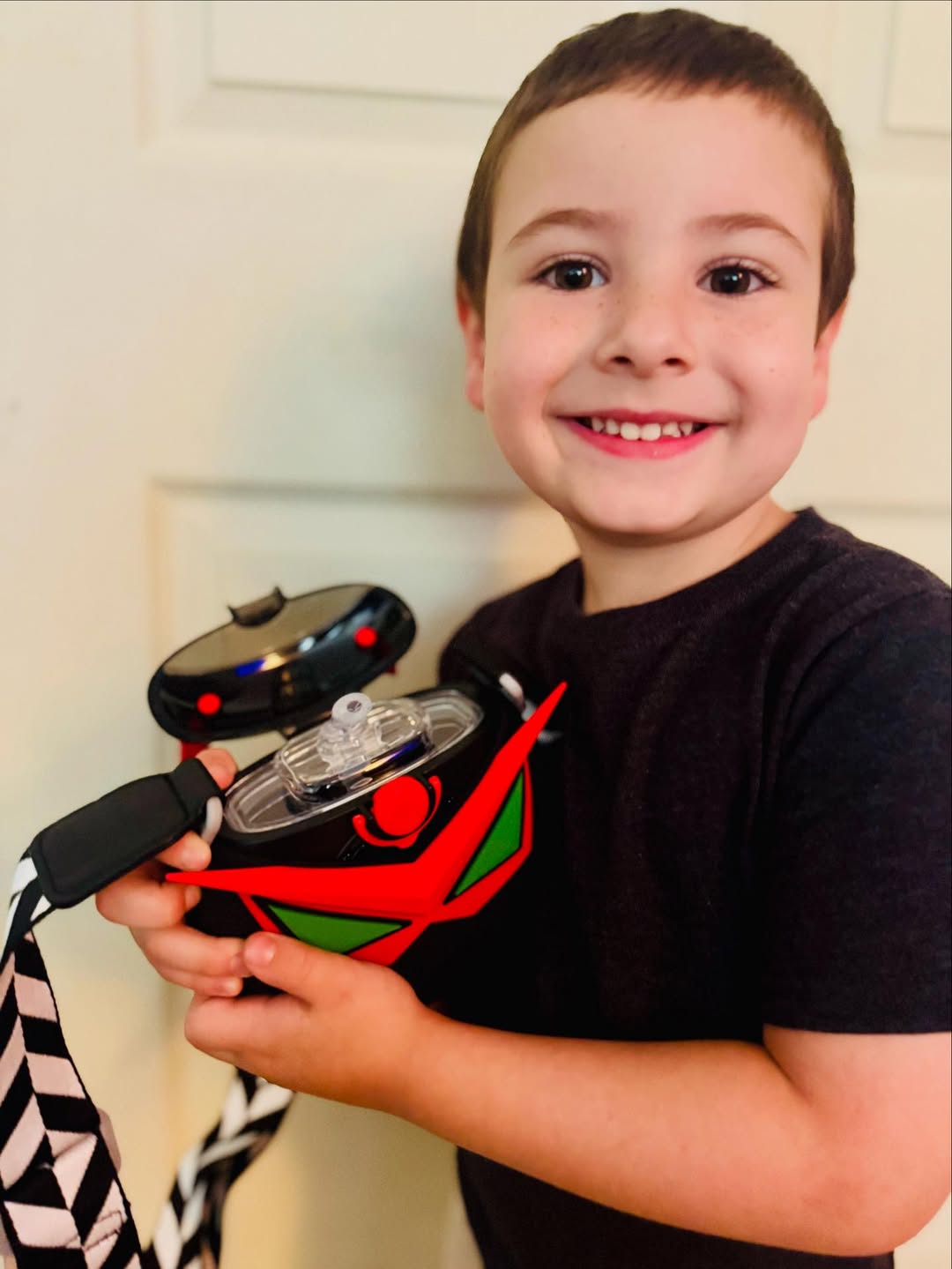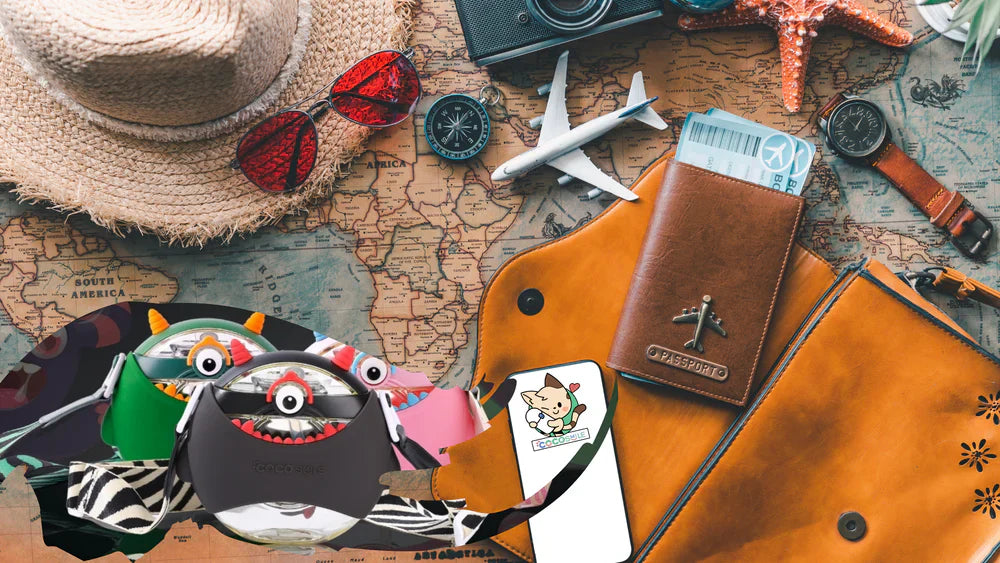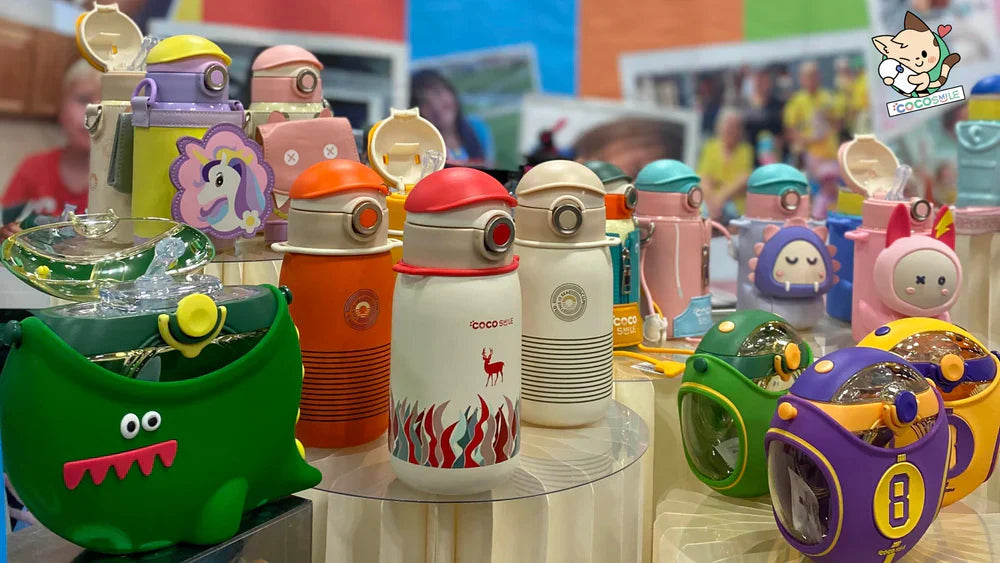Thirst hits harder when you're on the move.
Whether you're soaring through dry cabin air at 30,000 feet or sweating under a tropical sun, dehydration is a silent travel disruptor many overlook. Long flights, climate changes, irregular meal schedules, and even forgetfulness can all sabotage your water intake. In fact, airplane cabins are drier than the Sahara Desert—with humidity levels as low as 10–20%—causing your body to lose moisture faster than usual.
Dehydration during travel doesn’t just make you feel tired; it can also trigger headaches, dizziness, and even weaken your immune system. It affects everyone, but children, older adults, and active travelers are especially vulnerable. The good news? Staying hydrated on the go is easy—with the right habits, gear, and awareness.
In this article, you’ll learn:
-
Why is Travel Hydration essential?
-
Common causes and signs of dehydration during trips
-
How to navigate airport water rules
-
Practical hydration tips backed by expert advice and research
Why Hydration Matters When You Travel
Travel increases your risk of dehydration due to dry environments, limited access to water, and disrupted routines. According to Abbott Nutrition News, airplane cabins have humidity levels as low as 10%, which speeds up fluid loss. Even a small drop in hydration—just 1–2% of body weight—can impact energy, focus, and mood.
Here’s why staying hydrated should be a travel essential:
Impact of Dehydration
Dehydration can cause fatigue, headaches, dizziness, dry skin, and digestive discomfort. In more serious cases, it may lead to confusion or fainting—especially in heat or after long flights.
Scientific Insight
World Travel Protection highlights that mild dehydration impairs both cognitive and physical performance. Even slight fluid loss affects short-term memory and alertness.
Travel Stressors
Irregular meals, limited water availability, dry air, and increased physical activity all raise the risk of dehydration. These factors are common during travel and require intentional hydration planning—such as carrying a Cocosmile cup or refillable bottle.
Signs You Might Be Dehydrated While Traveling
Dehydration often develops quietly, especially when you're busy navigating airports, adjusting to time zones, or exploring new places. Since the body can lose fluids faster during travel—through dry air, heat, or exertion—it’s important to catch the early warning signs. According to AARP, many travelers ignore symptoms like fatigue or dizziness, assuming they’re just jet lag or travel stress.
Here are the key signs to watch for:
Dry Mouth, Fatigue, Dark Urine, Dizziness
These are classic signs your body is low on fluids. If your mouth feels sticky, your energy dips, your urine is dark yellow, or you feel lightheaded, it’s time to drink water immediately.
Jet Lag Made Worse by Dehydration
Dehydration can worsen jet lag symptoms like confusion, irritability, and poor sleep. Airplane cabin dryness contributes to fluid loss, making recovery from long flights slower.
Seniors and Children at Higher Risk
Older adults may not feel thirsty even when dehydrated, and children can lose fluids faster due to their smaller body size. Travelers in these age groups need more frequent hydration and monitoring. Caregivers should ensure water is readily available for these vulnerable groups.
Tips to Stay Hydrated on the Go
Hydration doesn’t have to be complicated. With a few smart habits, you can avoid the fatigue and health risks linked to dehydration. Experts from Abbott Nutrition News recommend combining water intake with hydrating foods, limiting dehydrating substances, and planning ahead—especially before flights or long drives.
Here are actionable strategies to help you stay hydrated during any trip:
Pre-Hydrate Before You Leave
Start drinking water a few hours before your trip begins. This gives your body time to absorb the fluids and helps balance the initial dehydration effects of travel—especially before flying. Rather than gulping large amounts at once, take small, regular sips throughout your journey.
Watch Your Diet
Salty snacks, alcohol, and excess caffeine can dehydrate your body. Try to limit them, especially on long travel days, and replace them with lighter meals or herbal teas when possible.
Eat Hydrating Foods
Incorporate fruits and vegetables with high water content—like oranges, watermelon, cucumbers, and strawberries. These not only refresh you but also support your hydration levels naturally.
Set Reminders
Use hydration apps or phone alarms to prompt you to drink water every hour. When you're sightseeing or stuck in transit, a quick alert can make a big difference in keeping your intake consistent.
Navigating Airport Water Rules
Airport security can make staying hydrated tricky. TSA rules restrict passengers from carrying liquids over 100ml (3.4 oz) through security, which often leads travelers to skip bringing water altogether. Unfortunately, this can set the stage for dehydration before your journey even begins—especially on long-haul flights where dry air intensifies fluid loss.
But there are simple ways to outsmart these limitations and stay hydrated from gate to gate:
TSA Regulations: Know the Limit
You can’t bring a full water bottle through security, but empty containers are allowed. Understanding this basic rule can help you avoid tossing out your bottle or scrambling to buy expensive water at the airport.
Smart Strategy: Bring an Empty Bottle
Pack a reusable water bottle in your carry-on, and fill it once you’re through security. This ensures you have water on hand while waiting to board and avoids the premium prices of bottled drinks inside terminals.
Airport Amenities: Use Refill Stations
Many modern airports now offer filtered water refill stations or fountains near gates. These are safe, free, and designed to accommodate larger bottles. Taking advantage of these spots helps you stay hydrated from the start of your trip.
Best Water Bottles for Travel Hydration
Choosing the right water bottle can make all the difference when it comes to maintaining hydration on the go. A good travel bottle should be lightweight, leak-proof, and adaptable to your environment—whether you’re on a plane, hiking in remote areas, or exploring urban streets. The benefits of reusable water bottles go beyond convenience: they reduce waste, save money, and support healthy habits.
Here are some top types to consider for your next trip:
Collapsible Bottles
These are space-saving champions—great for light packers or backpack travelers. They fold down when empty and expand when filled, making them perfect for tight luggage or TSA checks.
Insulated Stainless Steel Bottles
If you want your water icy cold (or hot tea warm) for hours, insulated bottles are your best bet. They’re ideal for long flights, road trips, or hot destinations and are durable enough to handle rough travel conditions.
Filter-Integrated Bottles
Worried about tap water quality abroad? Bottles with built-in filters let you safely drink from most sources by removing bacteria, chlorine, and unpleasant tastes—crucial for international or off-grid travel.
Cocosmile Cups
Eco-conscious and travel-friendly, Cocosmile cups offer a sustainable solution to hydration. These reusable cups are lightweight, stylish, and perfect for sipping throughout your journey without relying on plastic bottles.
Travel Hydration for Kids and Older Adults
Hydration is critical for children and older adults during travel, as both groups are more prone to dehydration. Kids often forget to drink, and seniors may not feel thirsty, increasing their risk of dehydration.
Children: Frequent Sips Are Key
Kids need to be reminded to drink regularly, especially during travel. Fun, colorful bottles can encourage them to sip throughout the journey. Keep water accessible to avoid dehydration.
Seniors: Less Thirst, More Risk
Seniors often don't feel thirsty, making them vulnerable to dehydration. Monitor their fluid intake closely and encourage small, frequent drinks.
Conclusion
Staying hydrated during travel is essential for maintaining energy and avoiding dehydration-related issues like fatigue and headaches.
Planning ahead with portable water bottles and setting hydration habits can make all the difference. Whether it’s a collapsible bottle or an insulated one, having water on hand throughout your journey is key. Familiarize yourself with airport water refill stations to stay prepared.
Make hydration a priority to ensure a healthier and more comfortable travel experience.
Drink more water, stay hydrated, and travel smarter!
FAQs:
Why is staying hydrated important during travel?
Staying hydrated is crucial for maintaining energy, focus, and overall well-being while traveling. Dehydration can lead to fatigue, headaches, and difficulty concentrating, making hydration essential for a comfortable journey.
What are the best types of water bottles for travel?
Collapsible bottles, insulated stainless steel bottles, and filter-integrated bottles are ideal for travel. These options are portable, keep your drinks at the right temperature, and can filter water when needed.
How can I stay hydrated during a flight?
To stay hydrated while flying, carry an empty bottle through security and refill it after you pass through. Drink water regularly during the flight to combat the dry air in the cabin.
What are the signs of dehydration when traveling?
Symptoms of dehydration include dry mouth, fatigue, dizziness, and dark urine. On the go, you may also notice symptoms like worsened jet lag due to dehydration.
How can I help kids and seniors stay hydrated while traveling?
For kids, use fun water bottles and remind them to drink frequently. For seniors, monitor their intake closely since they may not feel thirsty. Offering electrolyte drinks and encouraging regular hydration breaks can help.


